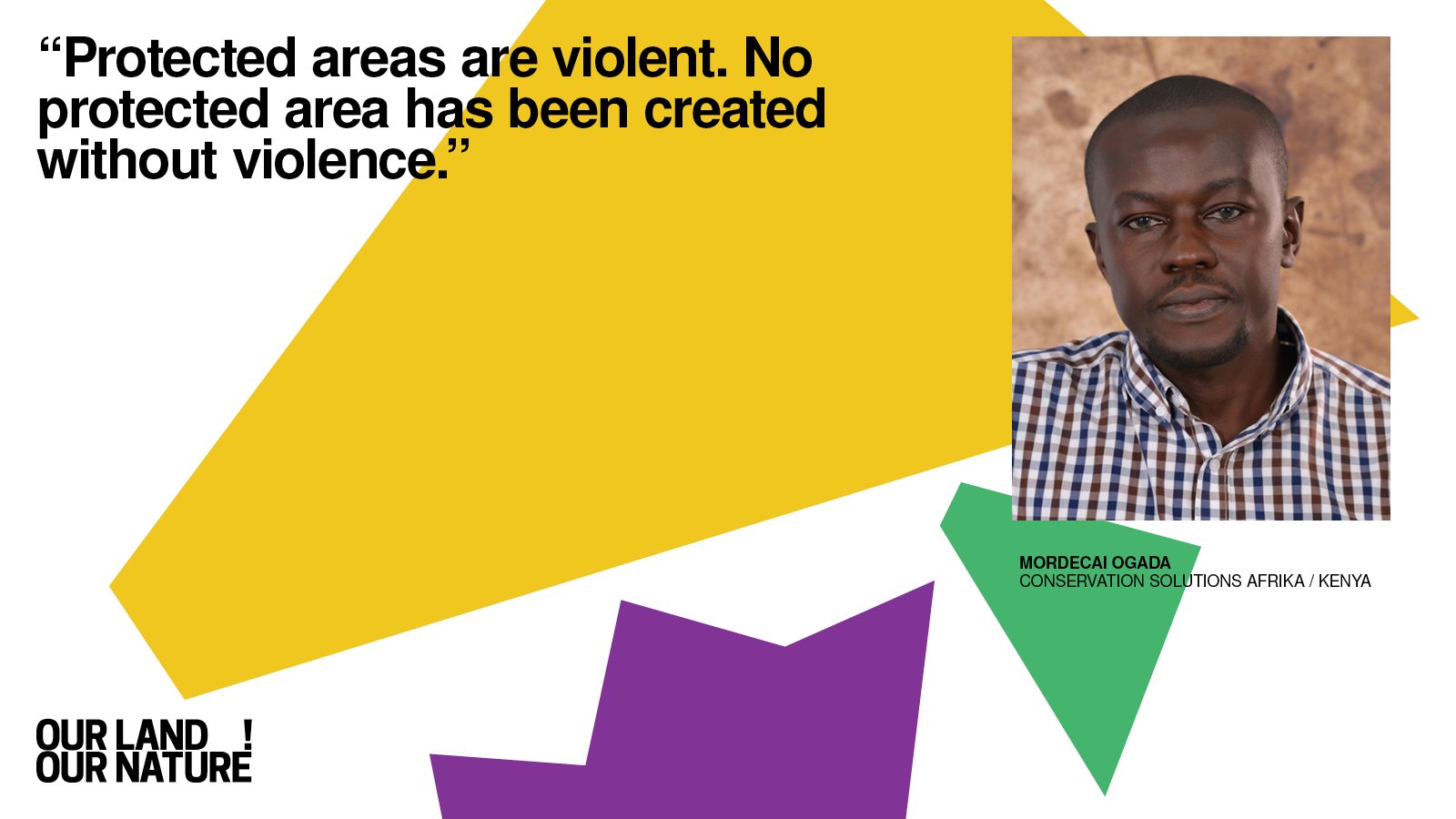Dr. Naledi Pandor: A Conspiracy of Silence [Israel’s Ethnic Cleansing Campaign]
October 17, 2023
“Dr. Naledi Pandordemonstrates Africa’s potential for outstanding politicians, emphasizing the importance of speaking the truth, no matter how difficult.
While we stand with Palestine, let’s also focus on 2024 as a year to end the suffering in the Congo, where peace remains elusive due to ongoing mineral exploitation.
Gaza’s struggles are visible, but the Congo’s plight, spanning almost two centuries, remains largely invisible.”
[-KhalidLawalDigitalNomad]
Tribute by Dr Naledi Pandor on the occasion of the Memorial Service in honour of the late Deputy Minister Aziz Pahad:
https://www.youtube.com/watch?v=hbm1RfFC5KA



































